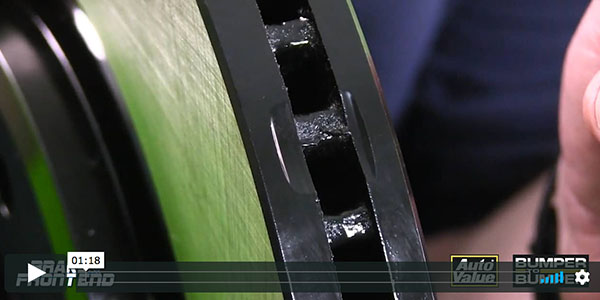Andrew Markel discusses brake rotor manufacturing, and how the process of balancing a rotor helps prevent vibration during vehicle operation. Sponsored by Auto Value and Bumper to Bumper.
Video courtesy Brake & Front End.

Andrew Markel discusses brake rotor manufacturing, and how the process of balancing a rotor helps prevent vibration during vehicle operation. Sponsored by Auto Value and Bumper to Bumper.
Video courtesy Brake & Front End.
Since 2006, advanced driver assistance systems (ADAS) have evolved from active cruise control to autonomous driving controls.
The average age of a driver in the US is 47 years old. If a driver started at 16, they have seen more than three decades of automotive technology changes. In 2008, ABS became a standard feature on most vehicles. By 2012, stability control, or rollover mitigation, had become standard for vehicles. Since 2006, advanced driver assistance systems (ADAS) have evolved from active cruise control to autonomous driving controls.
Imbalance in the engine exhibits vibration and damage. Balancing becomes critical to any engine build.

What if there are no codes and a misfire is intermittent? This is where it gets complicated.

Following best practices and using appropriate equipment ensure customer satisfaction and safety.

Use a scan tool that can look at special direct fuel injection parameters and perform bidirectional tests.

If camber, caster or toe are out of specifications, there is usually a reason why.

Here are six tips to use when diagnosing a vehicle with a dead battery.

This function of the power management system uses several modules to decide when the engine needs to stop and start.

Like any automatic transmission, the condition and level of fluid in a CVT unit will determine the performance.
